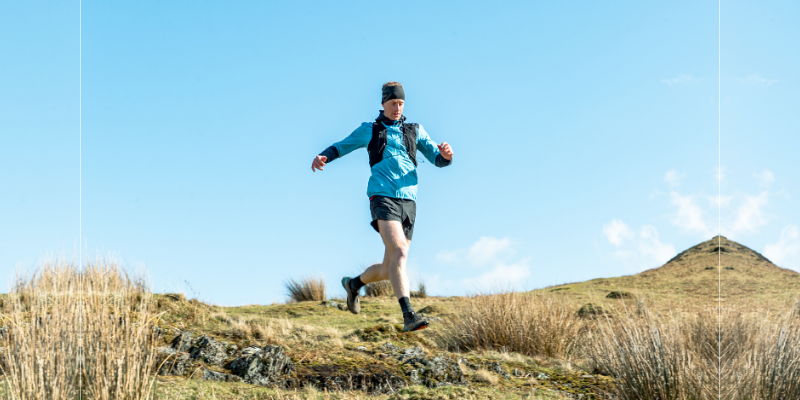
Trail running creates a special bond with nature, combining physical challenges with picturesque landscapes amid the serenity. However, fringing on the wilderness means potential meetings with wildlife. According to Steven Rindner, knowing how to counter the animals on the trail from deer, and snakes to bears, and mountain lions ensures safety and develops confidence. Keep reading to go through the tips to keep safe from wildlife.
- Get acquainted with the Local Wildlife Before Running
To ensure safety, the first approach is about comprehending the nature of animals that come to the region or live. Runners need to research well beforehand where they intend to run. Conduct some research on wildlife through park websites, note ranger alerts, and inquire with local trail forums online.
At certain times of the year especially in spring and fall bears are more visible while snakes are most active during warmer months. Awareness of these seasonal behaviors of wildlife can be immensely helpful in sidestepping risk-prone areas and times.
- Make Noise to Prevent Surprises
The majority of wildlife has a natural tendency to avoid humans except a few, provided they are not irritated. According to Steven Rindner, making noise of any kind while running provides them the time to escape. It is suggested that trail runners should talk, clap, or ring a bell to warn and scare off wildlife when needed, especially as they navigate trails that are intertwined through narrow and dense bushes and trees where visibility is compromised.
This is also pertinent while running surrounding water sources or bends in the trail. Making different sounds lessens the likelihood of startling any animal at close range, which usually triggers defensive behavior.
- Stay Alert and Watch for Signs
Trail running not only requires continuous awareness of the ground but also being aware of signs of approaching wildlife. Keep an eye on claw marks, tracks, fur, or scat which can be notable signs of recent animal presence. Rustling in the bushes or smelling strong, musky scents are also indicators that wildlife is near. Running with music at low levels or having one earbud out enables runners to pick up on possible cautionary sounds.
- Be Prepared with Deterrent in Wildlife-Dense Areas
In areas deemed to be home to larger wildlife such as bears and mountain lions, carrying anything considered deterring elements can be a wise precaution such as bear spray or air horn. These kinds of deterrents can be lightweight and easy to carry, such that they can be attached to either a hydration vest or a waist belt. Though these situations rarely happen, being prepared will greatly help when an encounter does occur.
- Avoid Running if Aggressive Animals Are Met
it makes sense for a runner who suddenly comes across an aggressive animal, like a mountain lion or bluff-charging bear to keep its distance, the best thing is to stop and remain calm. Trying to run could prompt the animal to chase. Instead, stand erect against the animal, put the arms in the jacket’s pocket to look larger, and back away slowly without turning around. Different animals react in varying ways, so learning the species-specific reactions is essential.
Finally, make sure not to leave energy bar wrappers, fruit peels, etc. on the trail since the smell of the remains attracts animals. Runners should carry out all trash, avoid using their favorite smelly lotions or sprays, and store food safely to discourage wildlife and sustain the ecosystem.






